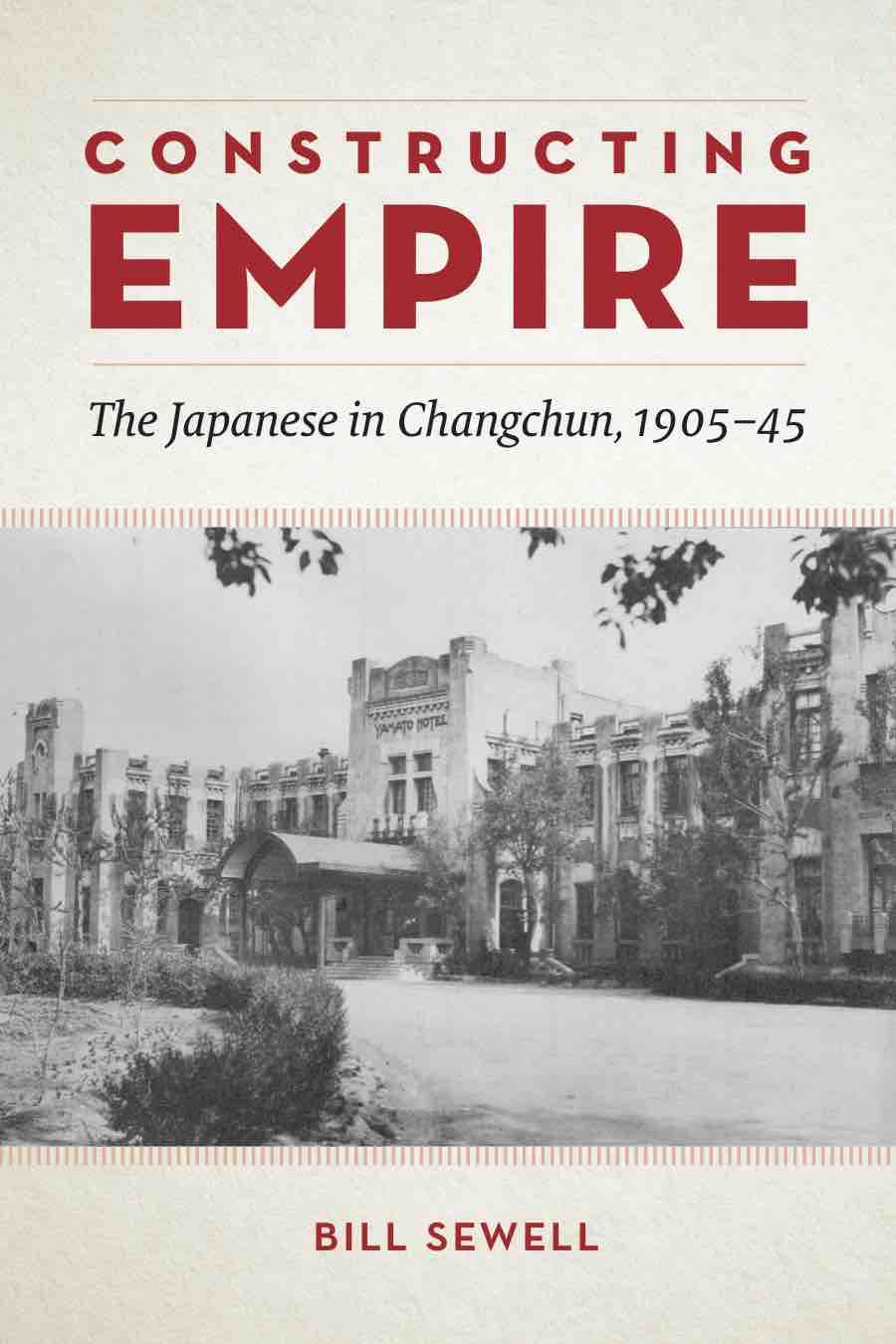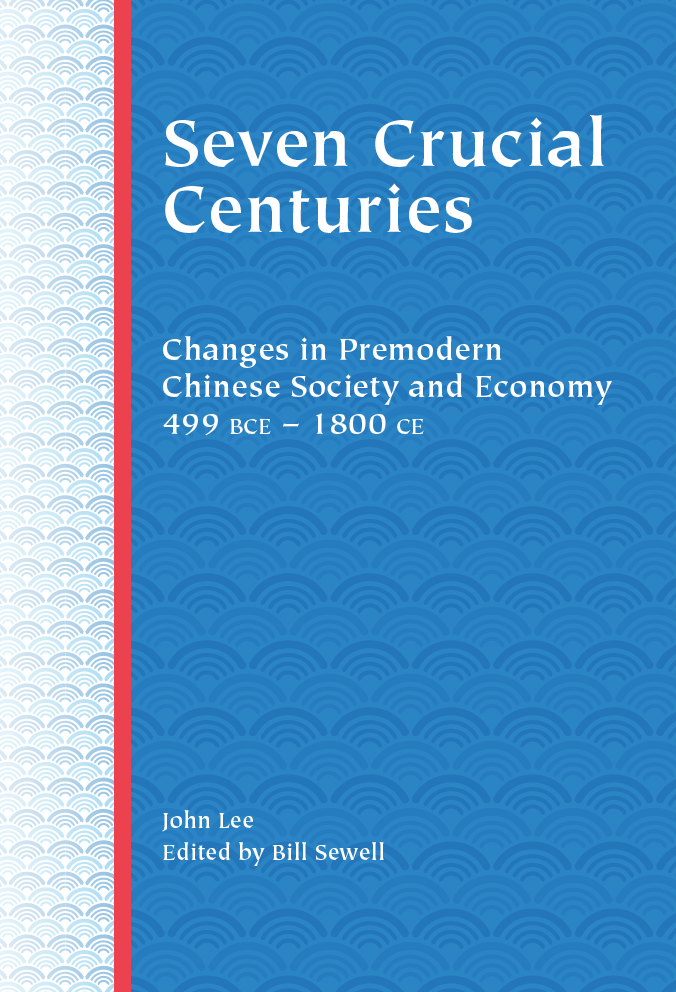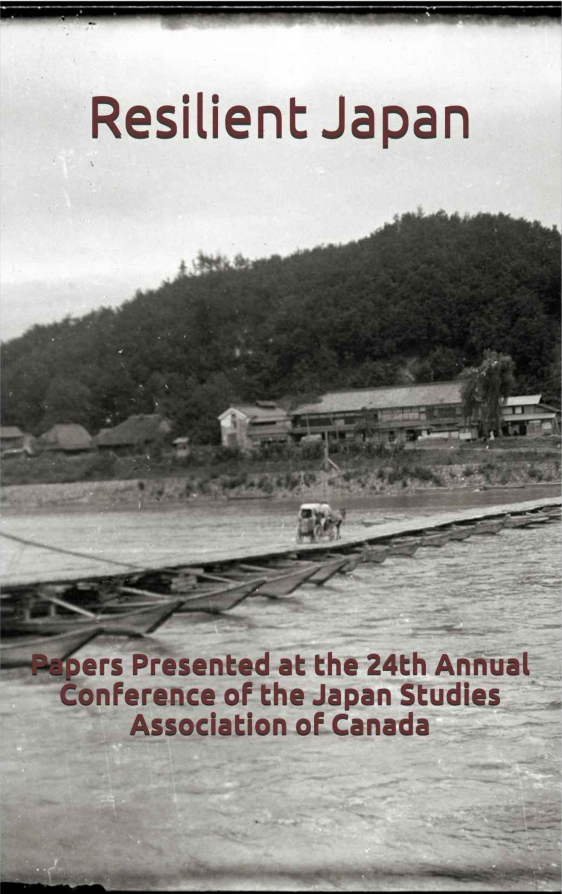- My research
focuses on northeastern China, a region once called
Manchuria. I have found the history of this region
absorbing because in it is encapsulated much of the
tensions and dynamics shaping the wider world:
indigenous peoples displaced by encroaching capitalist
societies, imperialist rivalries and the imposition of
colonial rule, the advent of state planning and
experimentation with fascist systems of organization,
the mobilization of society and the ensuing military
conflict evident in the Asia-Pacific War (the Pacific
theatre of the Second World War), emerging Cold War
tensions, the postwar creation of communist states,
and the problems of international relations, national
identity, and memory inherent in postwar
reconstruction. These are issues encountered around
the world of course, but in this region the complexity
is compounded by the variety of peoples involved – the
history of Manchuria includes not only Chinese and Japanese experiences,
but also the experiences of Koreans, Mongolians,
Russians, Manchus, and still others. It also involves
powerful states, including Japan, the Republic of
China, the People’s Republic of China, Russia and the
Soviet Union, France, Germany, the United Kingdom, and
the United States, as well as active albeit less
powerful states in Mongolia and the Korean peninsula.
- Cover image for Resilient Japan
from a Meiji-Taishō era collection of photographs of a
Halifax family: The John Cooper Robinson collection, now
at the University of British Columbia [link].
|


